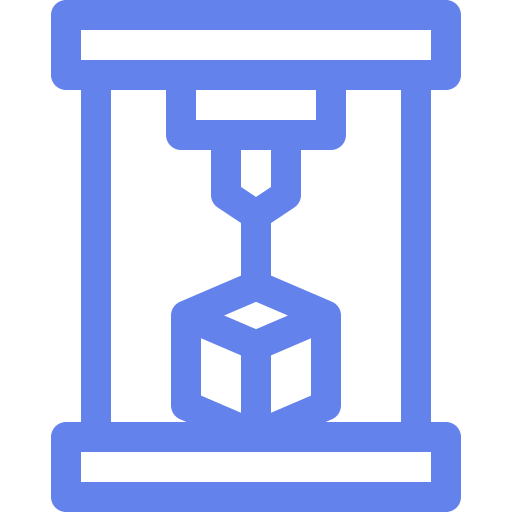

First, what kind of models are you curious about making? Big, small, decorative, springy, strong? Cosplay helmets, bike parts, tabletop miniatures?
This will inform whether you should look at tutorials for FDM (filament) printing or MSLA/DLP (resin) printing.





I think for a small, detailed figure that you’re going to photograph, I’d recommend resin sprayed with a food-safe clear coat such as shellac.
Resin of all kinds requires rubber gloves, cleanup, and a well-ventilated room because it’s smelly and generally bad for you in its unfinished liquid form. A small resin printer will cost under USD$200. Creality has one on sale for USD$100. They also sell washing/curing stations – I built my own stations out of junk, but for USD$99, I’d go with theirs. Much more compact.
Nerdtronics made some excellent videos introducing resin and explaining how and why we print the way we do. These days, almost all printers are plug-and-play and the software is super smart, but I think these videos are highly educational anyways.